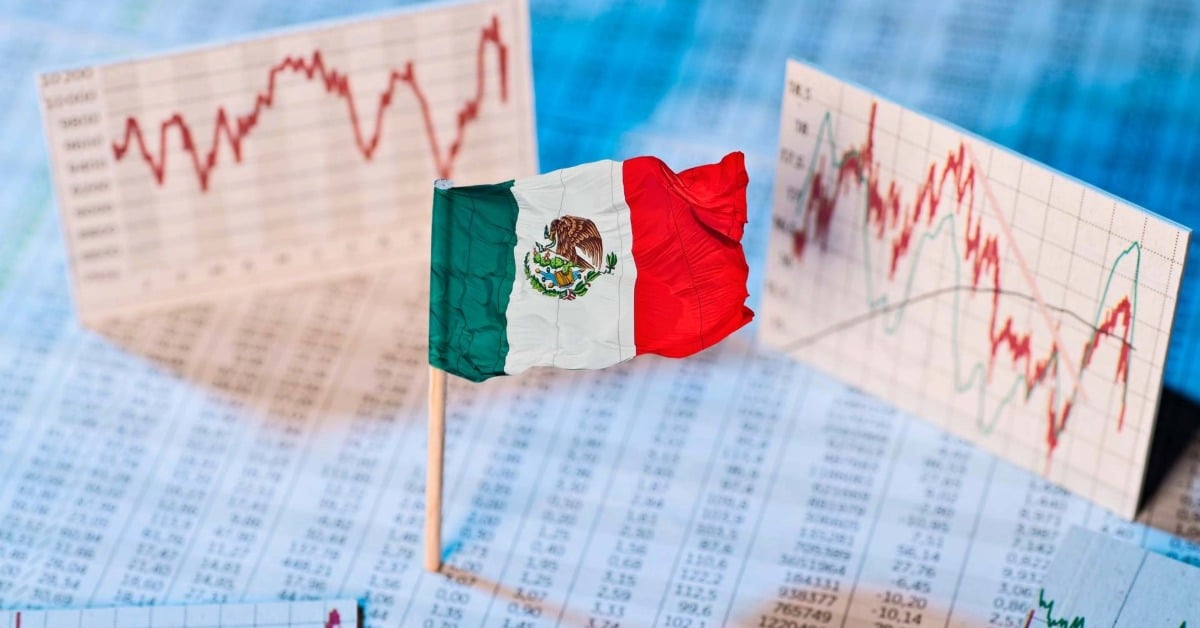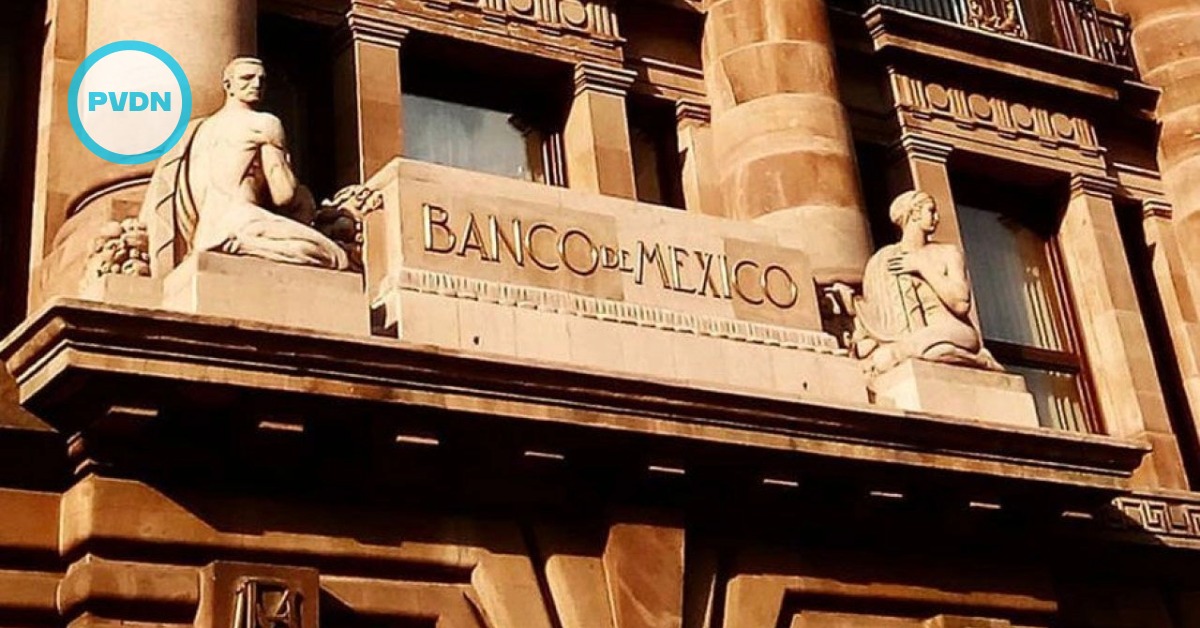Mexico economic growth Q2 2025: Mexico’s economy picked up steam in the second quarter of 2025, expanding by 0.7% from the previous quarter on a seasonally adjusted basis. This robust growth number, released by the national statistics agency INEGI on July 30, exceeded analysts’ expectations and provided a welcome relief from recession fears. It marks a significant acceleration compared to the modest 0.2% increase recorded in Q1. On an annual basis, Mexico’s GDP was 0.1% higher in Q2 2025 than a year earlier – a small year-over-year rise, but . . .






